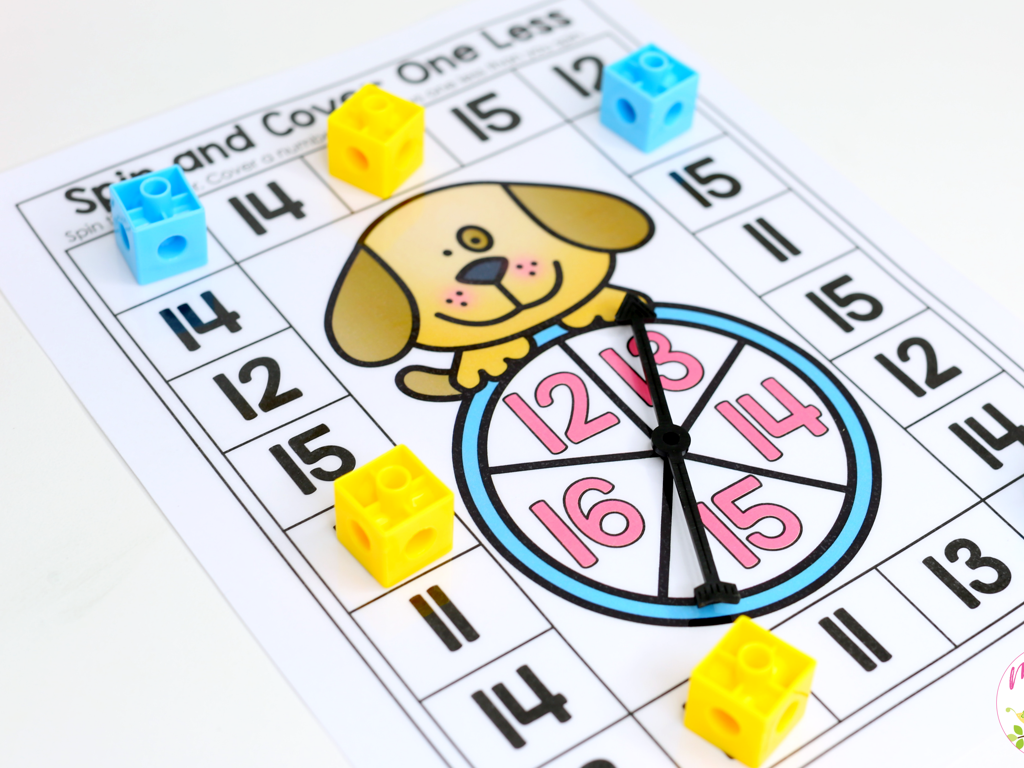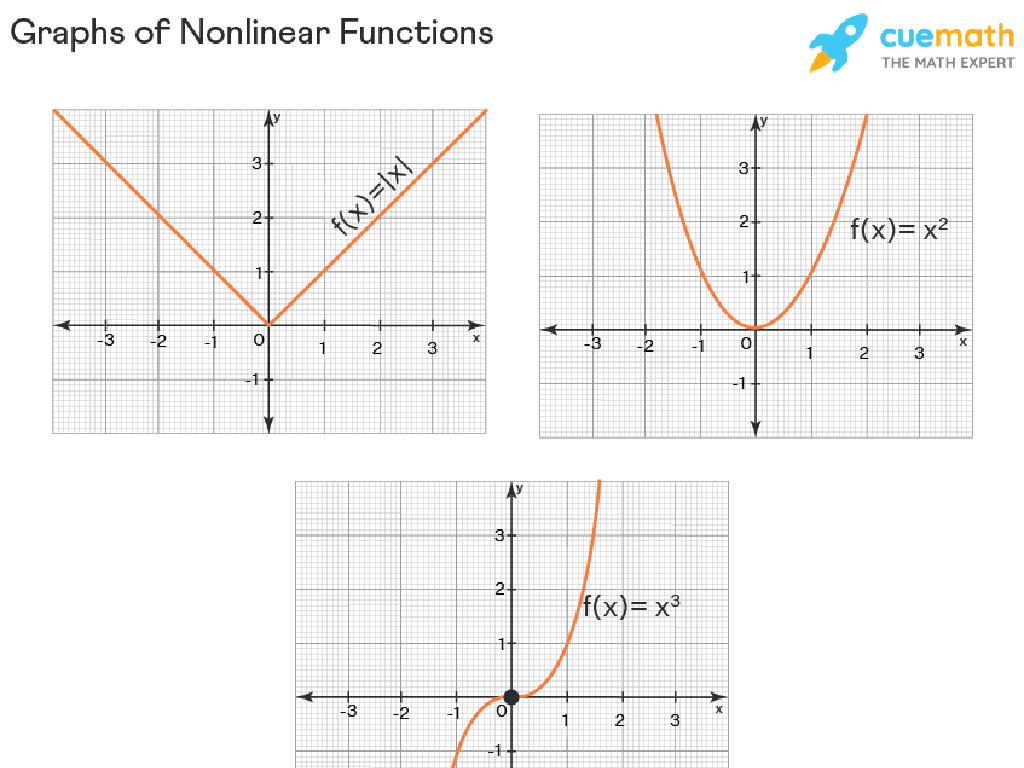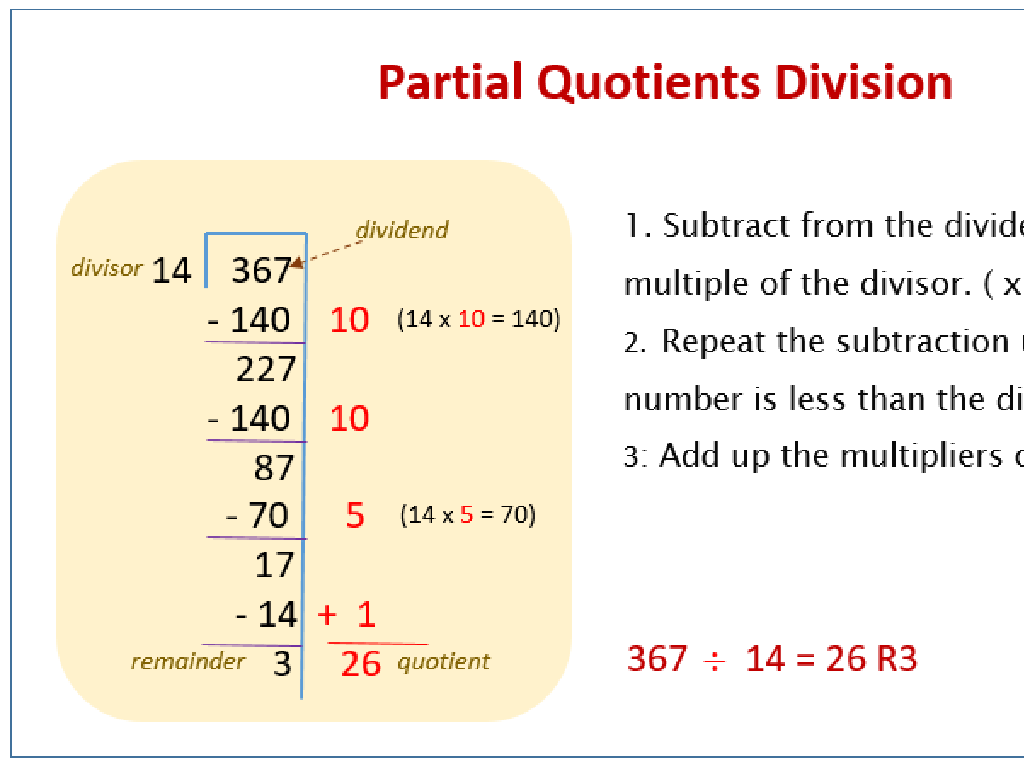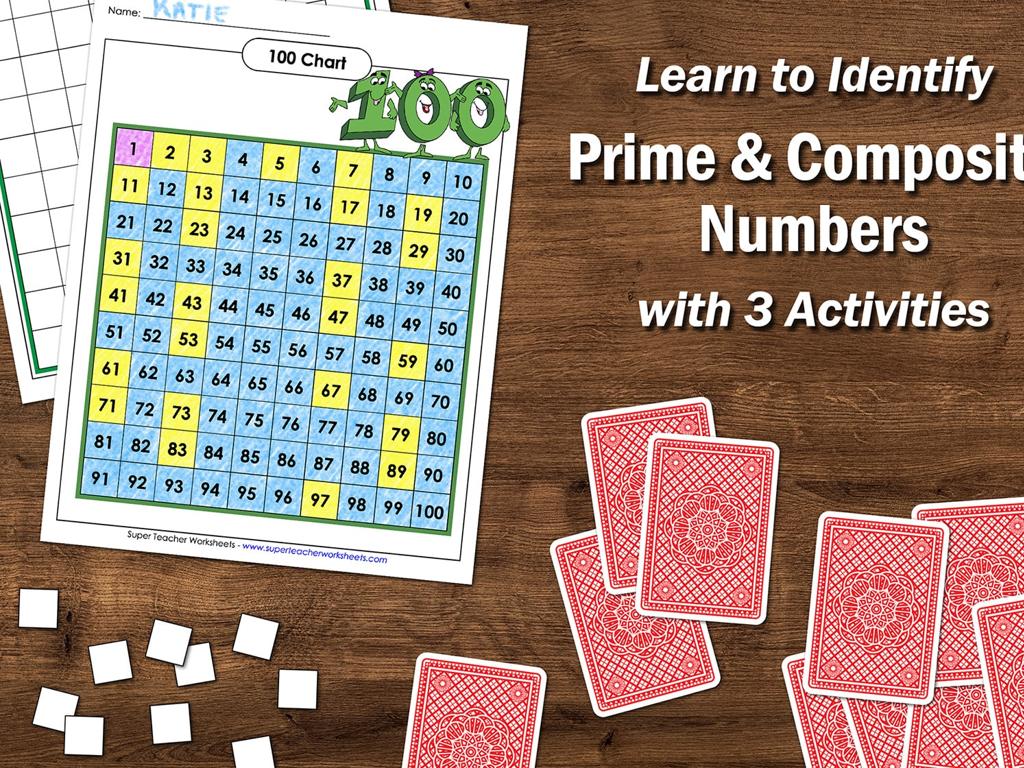Make A Number Using Subtraction - Up To 20
Subject: Math
Grade: First grade
Topic: Subtraction Up To 20
Please LOG IN to download the presentation. Access is available to registered users only.
View More Content
Welcome to Subtraction!
– Greetings First Graders!
– Learn to make numbers by subtracting
– We’ll subtract smaller numbers from bigger ones
– Subtraction means taking away
– Imagine you have 10 apples and give away some
– Practice with numbers up to 20
– Let’s try: 15 – 5, 18 – 3, and 20 – 4
|
This slide introduces first graders to the concept of subtraction as a means of ‘taking away’. Start by greeting the students warmly to create an engaging learning environment. Explain that subtraction is simply the process of removing a certain number of items from a larger group, and the result is what’s left. Use tangible examples like apples or toys to illustrate this point. Encourage the students to think of subtraction as a fun activity, like sharing or giving. Provide simple subtraction problems using numbers up to 20 to ensure the concept is clear and manageable for their skill level. The goal is to make them comfortable with basic subtraction without overwhelming them.
Understanding Subtraction
– Subtraction means taking away
– It shows how many are left
– Example with apples
– Start with 5 apples, eat 2, 3 are left
– Practice with numbers up to 20
– Try 10 – 7 or 15 – 6 to make new numbers
|
This slide introduces the concept of subtraction to first graders. Subtraction is explained as the process of taking away from a total amount to find out what remains. Use tangible examples like apples to illustrate the concept, as this is relatable and easily understood by young students. Encourage the children to visualize the action of eating the apples to understand the subtraction process. After explaining with the example, prompt the students to practice subtracting with numbers up to 20, ensuring they grasp the concept of ‘taking away’ and ‘finding out how many are left’. Provide additional simple subtraction problems for them to solve, and use manipulatives like counters or drawings to aid their understanding.
Understanding Subtraction Symbols
– Minus sign (-) for subtraction
– The minus sign tells us to take away.
– Equals sign (=) shows the answer
– After subtracting, equals sign leads to our answer.
– Example: 5 – 2 = 3
– Taking 2 away from 5 leaves us with 3.
|
This slide introduces the basic symbols used in subtraction: the minus sign and the equals sign. It’s crucial to ensure that students can recognize and understand the function of these symbols. The minus sign indicates that we are taking a number away from another, while the equals sign shows us the result of this operation. Use the example 5 – 2 = 3 to visually demonstrate the concept of subtraction, explaining that if we start with 5 items and take 2 away, we are left with 3 items. Encourage students to use objects like blocks or fingers to practice this concept and solidify their understanding.
Making Numbers with Subtraction
– Subtraction creates new numbers
– Example: 10 – 7 equals what?
– When we take 7 away from 10, we get 3
– Use fingers to subtract
– Counting down from 10, put down one finger for each count until 7
– Use a number line for help
– Starting at 10 on a number line, jump back 7 spaces to land on 3
|
This slide introduces the concept of subtraction as a means to create new numbers. Start by explaining that subtraction means taking away from a number. Use the example 10 – 7 to show this process in action. Demonstrate how to subtract by using fingers, which provides a tactile method for students to engage with the concept. Additionally, introduce the number line as a visual aid to help them understand the concept of ‘jumping back’ spaces to find the answer. Encourage students to practice with different numbers up to 20, using both their fingers and number lines. This will help solidify their understanding of subtraction as a method for making new numbers.
Subtraction Practice: Let’s Solve Together!
– Subtracting numbers up to 20
– Example: 8 – 3 equals what?
– Take 8 and count down 3, what number do you get?
– Example: 6 – 5 equals what?
– If you have 6 and take away 5, what’s left?
– Counting down to subtract
– Use your fingers or objects to help count
|
This slide is designed to engage first-grade students in practicing subtraction with numbers up to 20. Start by explaining that subtraction means taking away from a total number. Use the examples provided to demonstrate how to solve subtraction problems by counting backwards. Encourage students to use their fingers or objects like counters to help them visualize the subtraction process. Remind them to count carefully and check their work. During the class, allow students to work on these problems and share their answers. Offer guidance and positive reinforcement as they work through the subtraction exercises.
Subtraction Story: Balloon Adventure
– Start with 9 balloons
– 4 balloons fly away
– How many are left?
– Use fingers or objects to count
– Solve 9 – 4
– The answer to 9 – 4 is 5
|
This slide introduces a subtraction story to help first graders understand the concept of ‘taking away.’ Start by asking students to visualize or use props to represent 9 balloons. Then, explain that 4 balloons flying away represents subtraction. Encourage students to use their fingers or objects to count how many balloons are left. The goal is to solve the problem 9 – 4 by subtracting the number of balloons that flew away from the total. Reinforce the concept by having students physically remove items or lower fingers to represent the subtraction. Conclude by revealing that the answer is 5, and ask students to repeat similar exercises with different numbers.
Class Activity: Subtraction Bingo
– Let’s play Subtraction Bingo!
– Solve subtraction problems
– Use subtraction facts up to 20
– Cover the answer on your Bingo card
– Use counters or markers on your card
– Aim for five in a row to win!
– Horizontal, vertical, or diagonal
|
This interactive activity is designed to help first graders practice their subtraction skills in a fun and engaging way. Provide each student with a Bingo card that has a variety of answers to subtraction problems up to 20. As you call out or display subtraction problems, students will solve them and then cover the corresponding answer on their cards with a counter or marker. The goal is to get five covered answers in a row, either horizontally, vertically, or diagonally. Encourage students to check each other’s work to promote peer learning. Possible variations of the game could include ‘four corners’ or ‘full card’ Bingo. This activity reinforces mental math and the concept of subtraction while also fostering a sense of community and friendly competition in the classroom.
Subtraction Success!
– Congratulations on learning subtraction!
– Practice at home to become a subtraction star
– Try subtracting with toys or snacks for fun
– Keep exploring numbers with subtraction
– How many are left if you subtract 5 from 20?
– Excited for more subtraction next time!
|
This slide is meant to celebrate the students’ accomplishment in learning to make numbers using subtraction up to 20. It’s important to encourage them to continue practicing at home, using everyday items as a fun way to reinforce their skills. Provide examples of how they can practice, such as subtracting small numbers of toys or snacks to visually see the results. Highlight the importance of practice in mastering subtraction and build anticipation for the next lesson, where they will delve deeper into subtraction. The goal is to leave the students feeling confident and excited about their progress and the journey ahead in math.






